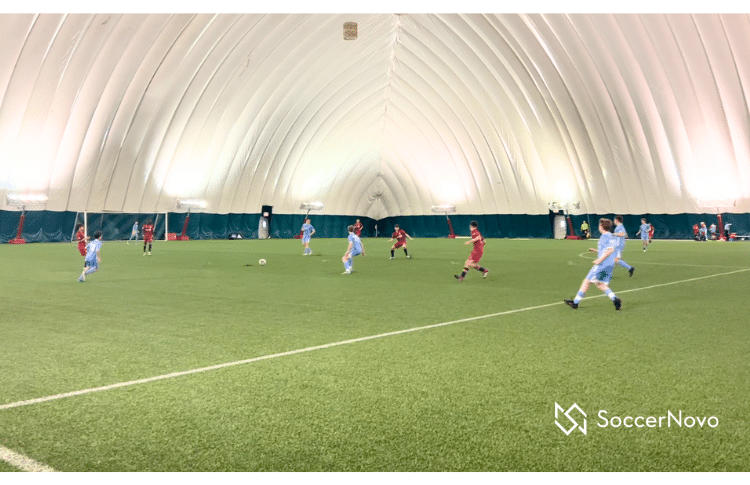The Ultimate Guide to Soccer Loans
A loan in soccer is a temporary transfer of a player from one club to another for a fixed period, typically ranging from six months to a year, allowing players to gain valuable experience and playing time they might not get at their parent club.
TL;DR:
What Exactly Is a Soccer Loan?
When a promising young player joins a top club like Arsenal but finds themselves sitting behind seasoned veterans, a loan can be the perfect solution.
Instead of spending a season on the bench, the player temporarily joins another team where they’ll most likely get consistent playing time.
The beauty of this arrangement is that the original club retains the player’s registration rights and can recall them during the loan period if needed. This system creates a pathway for development without the original club losing their investment in the player.
In my opinion, loans represent one of soccer’s most elegant talent development solutions, giving young players crucial minutes on the field without forcing clubs to permanently part with promising talent.
Why Clubs Choose to Loan Players
Clubs loan players for several strategic reasons:
- Player Development: Young players need consistent game time to improve
- Recovery Time: Players returning from injuries can regain form gradually
- Financial Management: Loaning reduces wage bills by sharing player costs
- Team Balance: Creates space for new signings without permanent departures
For receiving clubs, loans provide access to talent they couldn’t otherwise afford through traditional transfers. They benefit from the player’s abilities while typically paying only a portion of their wages.
Types of Soccer Loans Explained
Short-Term vs. Long-Term
Short-term loans last from a few weeks to a few months and often address immediate squad shortages due to injuries. Long-term loans typically run from six months to two years, focusing on player development and integration.
Domestic vs. International
Domestic loans keep players within the same country’s league system, while international loans send players abroad. The latter can provide valuable cultural and tactical experiences in different playing environments.
American Players on International Loans
Several notable American players have developed through loan spells:
- Chris Richards moved from Bayern Munich to Hoffenheim before joining Crystal Palace
- DeAndre Yedlin spent time at Galatasaray from Newcastle before returning to MLS
- Cameron Carter-Vickers played for Celtic on loan from Tottenham before making the move permanent
The Rules Governing Soccer Loans
FIFA regulations provide the framework for loans, limiting them to one season (12 months) maximum. Players can only be loaned to one club at a time and must have valid contracts with their parent clubs.
Individual leagues add their own restrictions. The English Premier League, for example, allows clubs to loan a maximum of four players per season, and players typically cannot play against their parent clubs.
The Player Perspective on Loans

I’ve found that player reactions to being loaned out vary dramatically based on their situation and mindset. Some see loans as exciting opportunities for a fresh start and regular playing time. Others interpret them as rejection or demotion. It’s all about balancing ego for future optimism.
Players with mature perspectives recognize loans as business decisions that can benefit their careers through development opportunities. The most successful loan spells occur when players embrace the temporary nature of their situation and focus on maximizing their development.
Soccer Loans in American Soccer
Loans work differently in Major League Soccer compared to European leagues. Since MLS operates as a single-entity league where the league itself owns all player contracts, internal loans between MLS teams are relatively rare.
International loans involving MLS players do occur, but the league’s unique structure means the loan system isn’t as integral to player development as in European leagues.

Written By: SoccerNovo
SoccerNovo is an independent youth soccer media brand built to help parents, players, and coaches better understand the game and the pathways available in U.S. soccer. Our mission is to make youth soccer simpler, clearer, and more accessible for everyone involved in it.
Let’s connect




